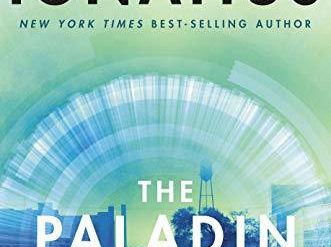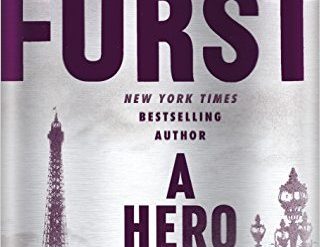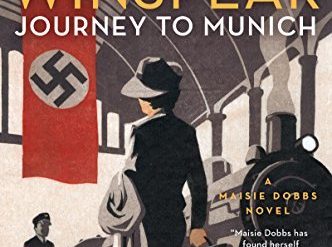
Estimated reading time: 5 minutes
British author Ken Follett is best known to a wide public these days for the Kingsbridge Trilogy, his mammoth multi-generational account of an English cathedral town. Together, the three books run to nearly 3,000 pages (and a fourth, a more recent prequel, takes the total to nearly 4,000). They’ve reportedly sold more than 80 million copies around the world. But that’s only half of the 160 million books Follett has sold since the publication of his first novel in 1974. And he has been topping the bestseller lists ever since the publication of his classic WWII spy novel, The Eye of the Needle, in 1978. The book sold 10 million copies, and it frequently appears on lists of the all-time best spy novels. So it’s no surprise that Penguin has brought out a 40th-anniversary edition of the novel. It fully deserves all the attention it gets.
The Double-Cross Committee and a fictional army
The opening scenes in Eye of the Needle take place in August 1940, following the Nazi invasion of France and the Low Countries and shortly before the Battle of Britain began. The story wraps up in June 1944, days before the Normandy Invasion.
Two of the most fascinating inventions of World War II figure prominently in Eye of the Needle. One is the XX Committee, or Twenty Committee, otherwise sometimes know as the Double-Cross Committee, which was entirely real. The other was not real at all: the fictional First United States Army Group under General George S. Patton, or FUSAG. Together, these two elements constituted what may well have been the most elaborate deception ever deployed in war. Thousands of people participated in this massive effort. The deception played a major role in convincing Adolf Hitler that the Allies’ invasion in the summer of 1944 would be directed at the Pas-de-Calais and not at Normandy. Some historians credit it as decisive in the Allied victory.
The Eye of the Needle by Ken Follett (1978) 364 pages ★★★★★

A story securely grounded in history
Follett has grounded the story securely on the historical record—with the possibility of one major exception. Latter-day accounts of espionage in World War II contend that MI5 rounded up every single spy sent to Britain by the Abwehr. Some were executed by hanging. Others were “turned” into double agents and conveyed misleading information to their masters. So, Follett’s conceit in Eye of the Needle that a German spy managed to elude capture for six years may be sheer fiction. However, it makes for a fabulous story.
A German spy, a classics professor, and young newly-weds
The action pits a brilliant German spy, “Henry Faber,” against an academic recruit to MI5, Percival Godliman. “Professor Godliman knew more about the Middle Ages than any man alive.” He had served in British intelligence in the First World War, which helps explain why his uncle, Colonel Andrew Terry, would recruit him as a spycatcher with the invasion of Britain on the horizon. It falls to Godliman to head the team that labors for years to identify Faber. A young couple, David and Lucy Rose, round out the complement of major characters. “Faber . . . Godliman . . . two-thirds of a triangle that one day would be crucially completed by the principals, David and Lucy.”
How Ken Follett now views his classic WWII spy novel
In the Preface to the 40th-Anniversary Edition, Follett writes, “I was twenty-seven when I wrote Eye of the Needle. Reading it now I’m surprised, and proud, that I could do something that good when I was so young . . . Nowadays it takes me three years to write a novel. I wrote most of Eye of the Needle in three weeks. I wish I could do it again.” So, Follett doesn’t get high marks for modesty, but his pride is understandable.
For related reading
I’ve reviewed five other excellent books by Ken Follett:
- A Column of Fire – Kingsbridge Trilogy #3 (Ken Follett’s 16th-century Kingsbridge saga: Christians killing Christians)
- The Key to Rebecca (One of the best World War II spy stories)
- Never (Is a new world war possible by accident?)
- Hornet Flight (The Danish Resistance and a secret Nazi base)
- The Man from St. Petersburg (A terrorist threatens a WWI British alliance)
Check out my posts:
- 5 top nonfiction books about World War II
- The 10 best novels about World War II
- The 15 best espionage novels reviewed
- The 10 most consequential events of World War II
- 15 good books about the Holocaust
And you can always find all the latest books I’ve read and reviewed, as well as my most popular posts, on the Home Page.


























